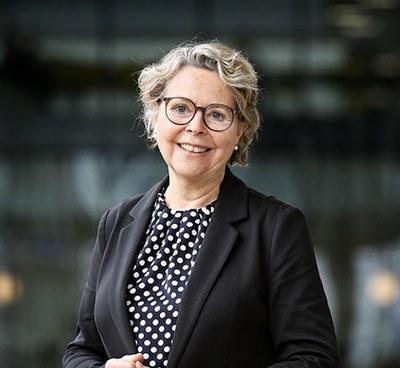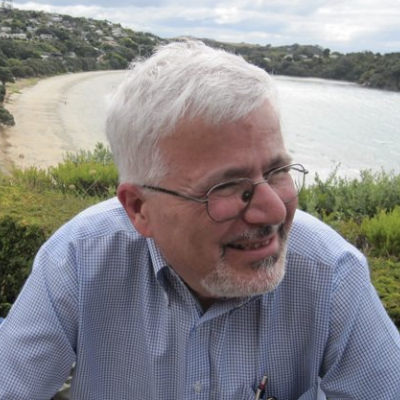Plenaries
|
Tuesday, 3 September, 18:00 Birgit Pepin Eindhoven University of Technology, Eindhoven, Netherlands & NTNU, Trondheim, Norway |
 |
|
Transformation of mathematics education environments by digital resources The increase in technology and digitalization (e.g., in schools, universities) and the advent of more and more access to Digital Resources (DRs) raises high expectations to be able to better educate students with the use of educational technology and DRs because of their perceived affordances. However, education practitioners and technology developers not only suggest new opportunities but also warn of their constraints, and of the problematic issues associated with their (development and) use. In this presentation, referring to chapters in the Handbook of Digital Resources in Mathematics Education, I take up particular issues that in my view need special attention when considering the transformation of mathematics education learning environments by DRs. Moreover, I discuss the (likely) influence of recent resources such as ChatGPT on the learning process. |
|
Wednesday, 4 September, 9:30 Ferdinando Arzarello1 and Paul Drijvers2 1University of Turin, Italy 2Utrecht University, The Netherlands |
 |
 |
|
Augmented reality to discover the derivative. A dialogue crossing the perspectives of semiotic bundles and embodied instrumentation Digital technology offers exciting opportunities to the learning and teaching of mathematics. Still, the math education research community is struggling to identify theoretically founded and research informed ways to best benefit from these opportunities. As for the theoretical foundations, different perspectives have been offered. In this duo-presentation, we will address the notions of semiotic bundles and embodied instrumentation to analyze a short videoclip of a student using augmented reality technology to explore the notion of derivative. The differences, similarities and affordances of each of the two approaches will be discussed and some possible theoretical and practical outcomes that these perspectives offer will be pointed out. |
|
Thursday, 5 September, 14:30 Behiye Ubuz Middle East Technical University, Ankara, Türkiye |
 |
|
The prevalence and use of emerging technologies in the thematic working group on “Mathematics in the context of STEM education” at CERME “Mathematics in the context of STEM Education” thematic working group (TWG26) was introduced in the 11th Congresses of the European Society for Research in Mathematics Education. Science, Technology, Engineering and Mathematics (STEM) education merges a variety of subjects in the fields of science, technology, engineering and mathematics to solve real world problems. In this study, my goal was to engage in a qualitative content analysis of all papers (n = 38) and posters (n = 12) that have been presented in TWG26 in the last three Congresses of the European Society for Research in Mathematics Education (CERME) to identify the prevalence and application of emerging technologies within the landscape of STEAM Education through asking a main question: “What is “T” in STEAM representing?” together with some sub-questions. I adopt a broad definition of STEAM education in this study since a movement towards STEAM was fueled in this group, where “A” represents the arts and humanities. |
|
Friday, 6 September, 11:00 Manolis Mavrikis University College of London, UK |
 |
|
Aligning AI with MathEd Values and Practices In an era where artificial intelligence (AI) is increasingly hyped, it is important to learn from the past and align the design and use of AI with our core values and practices in mathematics education. This talk explores the intersection of AI and MathEd, going beyond the generative AI hype to research-based AI approaches that can support the teaching and learning of K-12 mathematics. Drawing on several research projects, I will highlight the potential of intelligent support in fostering mathematical meaning making in constructionist, exploratory learning. I will also discuss how AI and learning analytics can be utilised as ‘teacher assistant’ tools, highlighting the benefits and challenges faced by educators. I will conclude with insights and practical recommendations for educators, researchers, and ‘edtech’ developers working at the intersection of AI and MathEd,and invite the audience to contribute to ongoing work towards achieving alignment. |

